- The federal funds rate currently sits at 4.25%-4.50%, but President Donald Trump has said it should go down to just 1%. A rate that low would boost inflation expectations and send long-term Treasury yields higher, but also send a signal that something extreme may be developing in the economy, according to a Wall Street analyst.
Amid the White House’s unrelenting pressure campaign on Federal Reserve Chairman Jerome Powell, President Donald Trump has not only demanded that the central bank to cut rates but to lower them all the way to 1%.
The federal funds rate currently sits at 4.25%-4.50%, meaning a reduction of that magnitude would require a drastic move that goes well beyond the Fed’s typical increments of a quarter point at a time (though it last cut by half a point in September).
It’s so extreme, Wall Street doubts it would actually happen, as it would trigger immense turmoil in financial markets and the economy.
“I don’t think this needs to be taken too seriously, because it’s so ludicrous, and in some ways cutting rates too low, too prematurely, too early would do exactly what you don’t want to happen,” Jeffrey Roach, chief economist at LPL Financial, told Fortune.
That’s because long-term Treasury yields would spike as bond investors price in higher expectations for inflation that a 1% rate would stoke, raising borrowing costs for consumers and businesses.
In addition, a rate that low is usually associated with an economic emergency like the COVID-19 pandemic or the Great Financial Crisis.
So 1% may actually shock businesses into wondering if another calamity is lurking around the corner, prompting them to hunker down and wait rather than expand, Roach warned.
“As a big business owner looking at rates at 1% or 2%, I’m definitely saying, ‘what do you know that I don’t?'” he said. “Hence I’m not going to respond by increasing capex and increasing I operations to the company. I’m going to be even more concerned with what that signals.”
A White House spokesman pointed to Trump’s previous comments that the Fed always can and should raise rates again if inflation spikes after cutting them.
For his part, Roach thinks there’s probably room for rates to eventually drop to about 3.5% by the end of 2026, if inflation stays under control, and said Powell didn’t raise rates soon enough when inflation was surged after the pandemic.
Similarly, Infrastructure Capital Advisors CEO Jay Hatfield accused Powell of gross incompetence by being too late to raise rates but also blasted the idea of the Fed slashing rates to 1%.
Treasury yields would initially drop in the immediate aftermath of a cut to 1%. But once inflation indicators start pointing higher, the fed funds rate would go back up to 4% to shrink the money supply, sending the 10-year yield to about 5%.
After a mini-recession or a big pullback, the yield would end up around 3.75%. “So it’s horrible economic policy to do that,” he told Fortune.
A fed funds rate around 2.75%-3% wouldn’t stoke inflation or send the economy into a downturn, but keeping rates where they are now would trigger a recession, Hatfield added. A 1% rate, however, would require a massive expansion in the money supply.
“It’s absolutely a ridiculous idea and will cause double-digit inflation,” he warned.
This story was originally featured on Fortune.com

 5 hours ago
1
5 hours ago
1


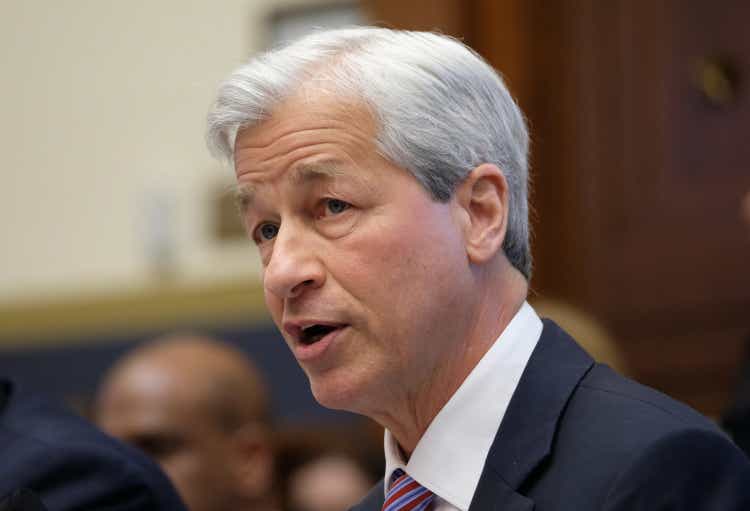


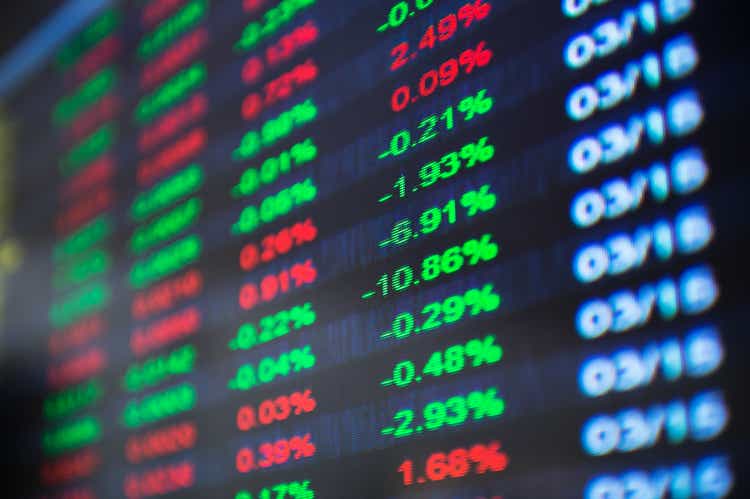


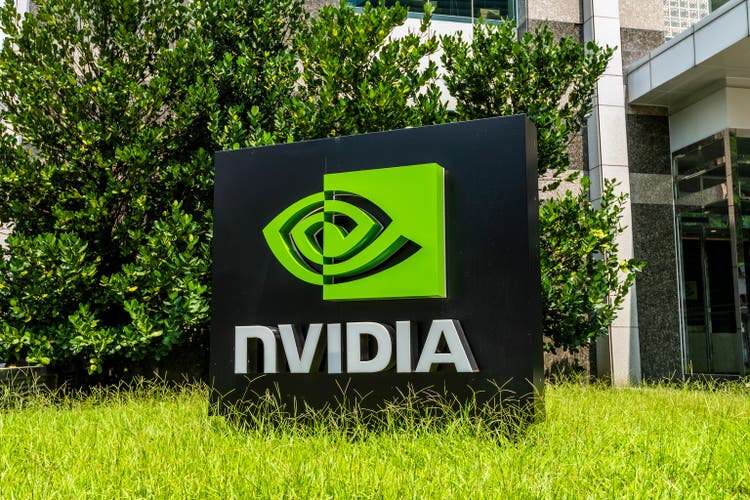
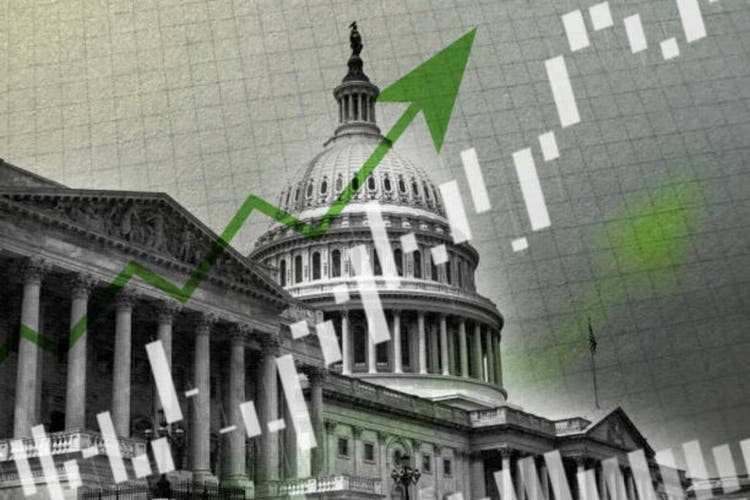
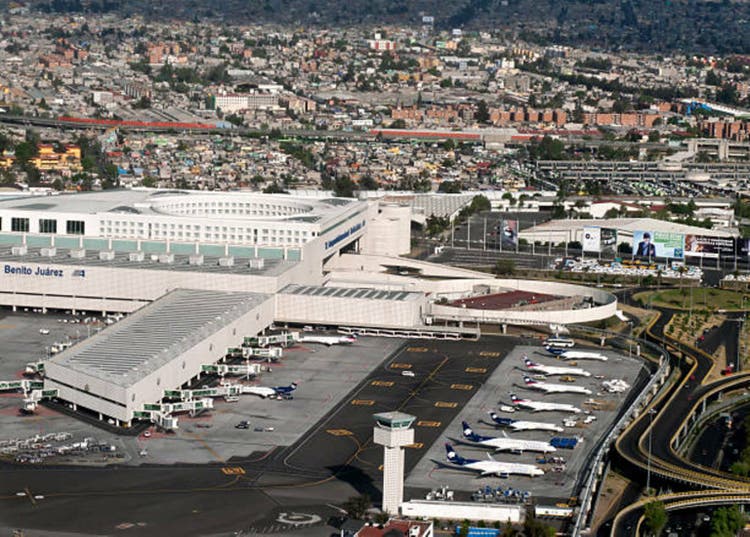
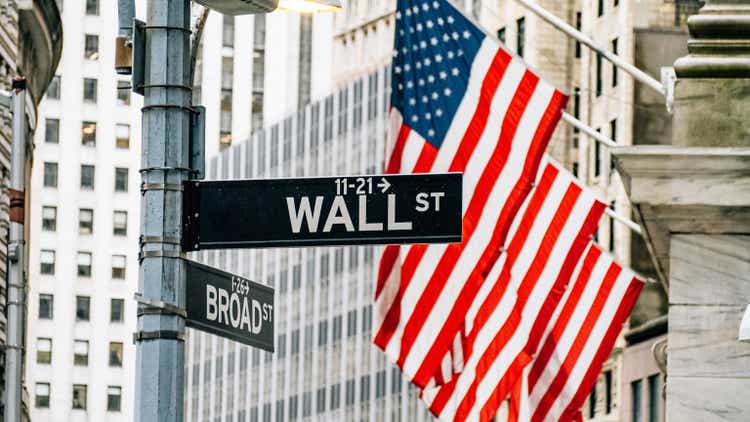

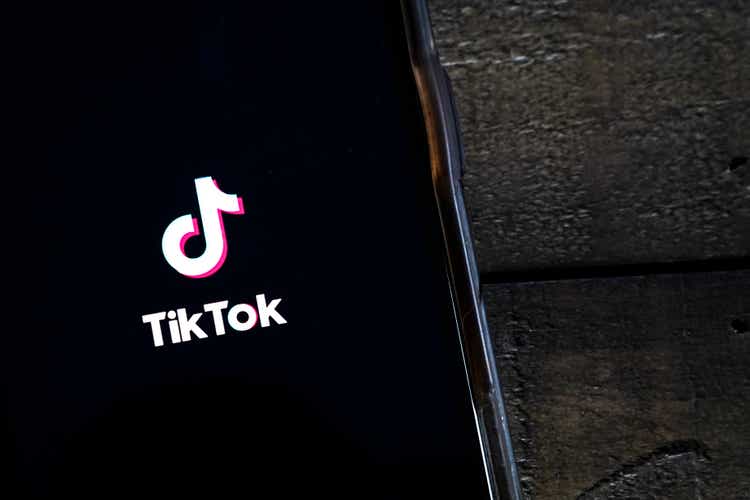
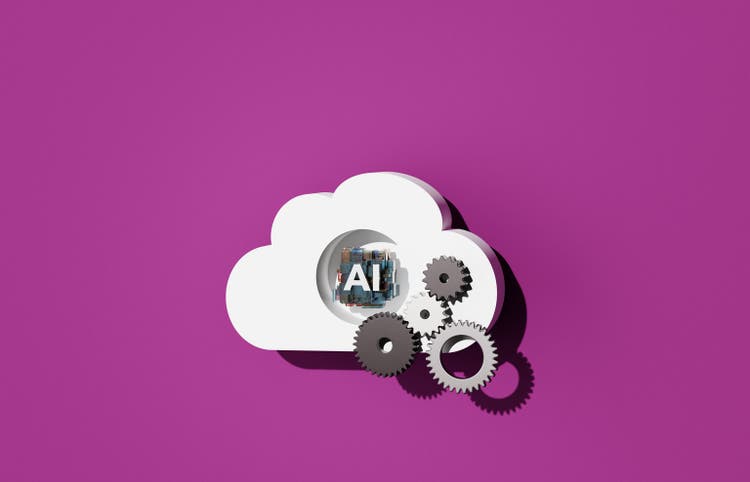
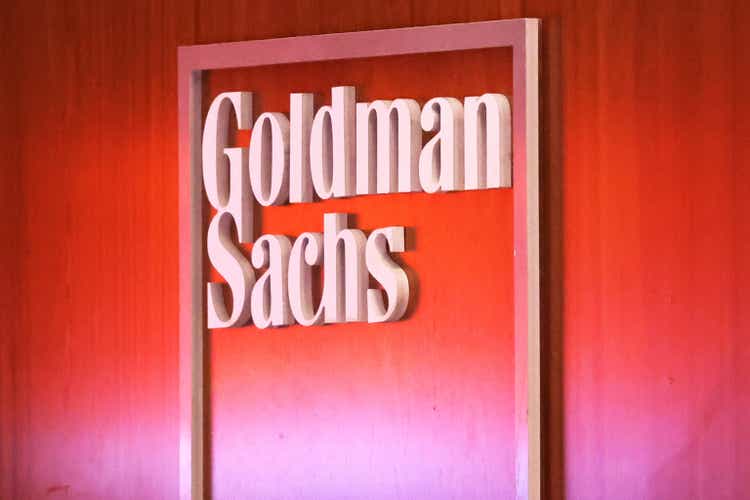



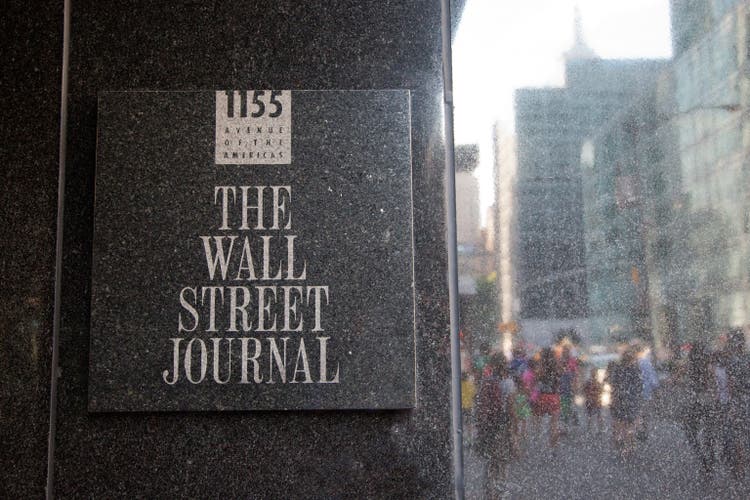


 English (US) ·
English (US) ·